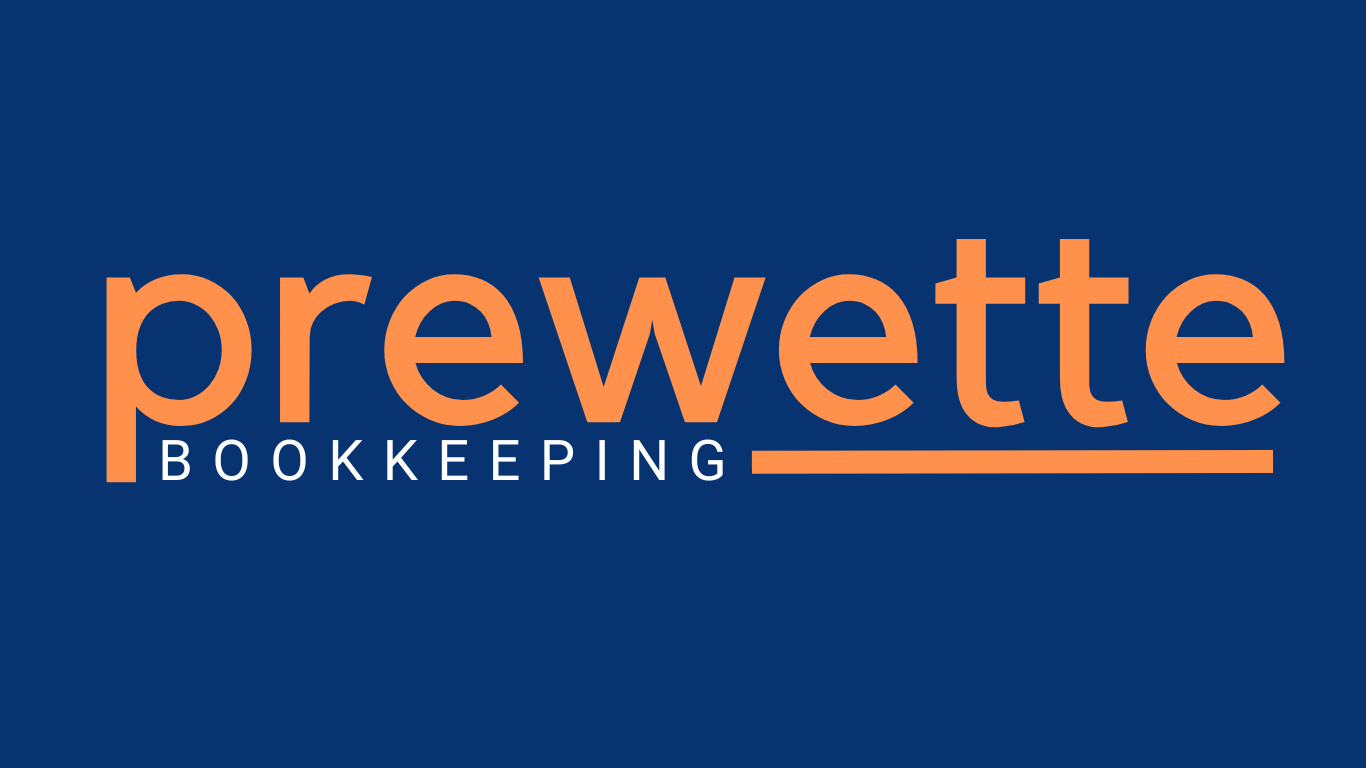As a small business owner, keeping a close eye on your finances is essential to your success. While day-to-day financial management like tracking expenses and income is important, it’s equally critical to have a clear understanding of where your business is heading financially. This is where financial forecasting comes in.
In this post, we’ll explore what financial forecasting is, why it’s crucial for your small business, and how to create an effective forecast that will help you plan for the future.
What is Financial Forecasting?
At its core, financial forecasting is the process of estimating your business’s future financial outcomes based on historical data, current trends, and market conditions. Essentially, it's a prediction of how much revenue you expect to earn, what your expenses might look like, and what your profits (or losses) could be during a specific period in the future.
Forecasting isn’t about making perfect predictions—it’s about making educated guesses based on the best available information. A solid financial forecast helps guide business decisions, manage cash flow, and avoid unexpected surprises.
Types of Financial Forecasts
There are two main types of financial forecasts small businesses typically use:
- Short-Term Financial Forecasting Timeframe: Typically covers periods of up to one year.
- Purpose: Focuses on immediate cash flow, upcoming expenses, and working capital needs. It helps ensure that you have enough funds to cover your day-to-day operations and avoid cash flow problems.
- Long-Term Financial Forecasting Timeframe: Usually spans one to five years or more.
- Purpose: Provides a broader view of your business’s financial future, helping with strategic planning, growth targets, and investment decisions. This forecast is often used to inform business expansion plans and funding needs.
Why Does Financial Forecasting Matter?
Financial forecasting is vital for several reasons. Here’s why it should be a priority for your business:
1. Helps Manage Cash Flow
Cash flow is the lifeblood of any business. If you’re spending more money than you’re making or if you have unpredictable income streams, forecasting helps you anticipate periods of cash shortfall and plan ahead to avoid financial stress. A good forecast lets you know when to expect large expenses or drops in revenue, giving you time to adjust.
2. Guides Decision-Making
Accurate financial forecasting provides critical data to inform your business decisions. Whether you’re deciding when to hire new employees, invest in new technology, or explore new markets, having a financial forecast helps ensure that your decisions align with your business’s capacity and financial reality.
3. Improves Financial Planning
A forecast acts as a roadmap for your business. By projecting future revenue, costs, and profit margins, you can identify potential issues and opportunities before they happen. This insight allows you to set realistic budgets, identify areas to cut costs, and spot trends that could drive growth.
4. Helps Secure Financing
Whether you’re seeking a loan or looking to attract investors, potential lenders or investors want to know that your business is financially sound and has a plan for growth. A solid financial forecast demonstrates that you have a clear understanding of your business’s financial position and future potential.
5. Mitigates Risk
Running a business always involves some level of risk, but forecasting allows you to anticipate and manage those risks. For instance, if you foresee a dip in revenue, you can adjust your expenses accordingly. Similarly, if you expect increased demand, you can plan to increase inventory or hire additional staff.
6. Increases Business Valuation
Financial forecasting can give you a clearer picture of your company’s financial health, which is crucial if you're planning to sell your business or bring in investors. A strong, well-supported financial forecast increases confidence in your business’s value and future potential.
How to Create a Financial Forecast for Your Small Business
Creating a financial forecast involves gathering historical financial data, making assumptions about future performance, and projecting key financial statements. Here's how to get started:
Step 1: Gather Historical Financial Data
- The first step in any forecast is reviewing your past financial performance. Look at your income statements, balance sheets, and cash flow statements from previous periods. This data will give you a baseline for future projections.
- Key metrics to gather:
- Revenue (sales and other income)
- Operating expenses (cost of goods sold, rent, utilities, etc.)
- Gross profit margin
- Net income
- Cash flow
Step 2: Identify Key Assumptions
- Your forecast is based on certain assumptions about the future. These could include expected sales growth, planned price changes, or seasonal demand fluctuations. You'll need to make educated assumptions about these factors based on market research, industry trends, and your business’s historical performance.
- Common assumptions to consider:
- Sales growth rate
- Customer acquisition cost
- Pricing strategies
- Expense trends (e.g., inflation, salary increases)
Step 3: Project Revenue and Expenses
- Revenue: Start by projecting how much revenue you expect to generate during the forecast period. Consider factors like seasonality, marketing campaigns, new product launches, or changes in your market.
- Expenses: Next, estimate your business expenses, such as rent, payroll, utilities, inventory costs, and marketing. Be sure to factor in both fixed and variable costs.
Step 4: Prepare Financial Statements
- Based on your projections, create the following key financial statements:
- Income Statement: This shows projected revenue, expenses, and profits for the forecast period.
- Cash Flow Statement: This outlines the expected inflows and outflows of cash, helping you plan for periods when cash might be tight.
- Balance Sheet: This gives a snapshot of your business’s assets, liabilities, and equity, showing the financial position of your company.
Step 5: Monitor and Adjust
- A forecast is not a set-it-and-forget-it tool. You should monitor your actual performance regularly and adjust your forecast as needed. If you experience unexpected changes, like a sales slump or unexpected expense, update your forecast to reflect those shifts.
Tools to Help with Financial Forecasting
Many small businesses use accounting software to help with financial forecasting. Some popular tools include:
- QuickBooks: Offers budgeting and forecasting tools to help you predict cash flow and expenses.
- Xero: Provides easy-to-use forecasting tools for small businesses.
- Excel or Google Sheets: A manual, but customizable way to create financial forecasts from scratch.
Conclusion
Financial forecasting is an essential tool for every small business. It gives you a roadmap for managing cash flow, making informed decisions, and positioning your business for growth. By understanding your financial future, you’ll be better equipped to handle challenges, seize opportunities, and keep your business on track.
Remember, forecasting is an ongoing process, so regularly update your forecast to stay aligned with your business’s changing needs. With careful forecasting, you’ll not only protect your business’s financial health but also gain valuable insights that drive long-term success.
All Rights Reserved | Powered By Snapps
Schedule a Meeting
Discovery Call: Click HERE to schedule a free 30-minute phone or video consultation to answer your questions
about Prewette Bookkeeping and to see if we are a good fit to work together.

